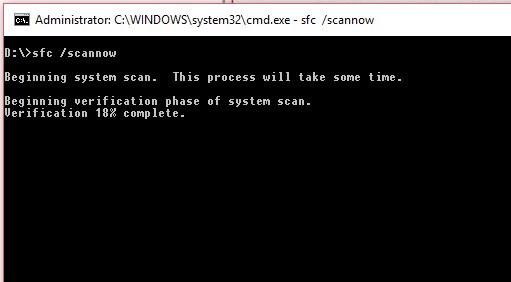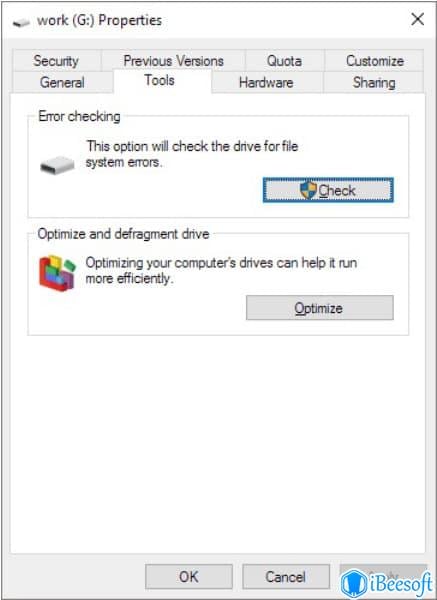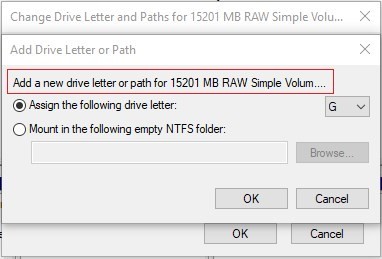

Type “ chkdsk parameter” and press Enter. Left-click "Run as administrator".Ī new command prompt window will appear, similar to this. Simultaneously press the Windows + Q hotkeys. Therefore, you can proceed to the CHKDSK utility! First, open the command line:

If you used method 2, then you do not need to worry about your data, because it is safe. The CHKDSK utility perfectly checks and corrects errors on disks, but almost always cuts recoverable data (only recoverable!) into small pieces, up to 512 Kb. In order to fix cyclic redundancy check errors, you can use CHKDSK. Once your data has been restored and is in a safe place, you can use even the most extreme methods for cyclic redundancy check error correction.ĭiskInternals Partition Recovery has an excellent reputation in the field of data recovery for any removable media and hard drives after information deletion, disk formatting, drives with system errors (including data errors from cyclic redundancy checks), file system damage, etc. The most proven data recovery method is DiskInternals Partition Recovery. Use Partition Recovery to restore your files

If everything is still the same and this method did not help you, proceed to method 2. Now check if the cyclic redundancy check error is no longer there. Wait until the process is complete and restart the computer. Then press Enter thus you start scanning and correcting the cyclic redundancy check error.

In the new command prompt window, type the following command: sfc /scannow. Now you need to right-click on Start and select Command Prompt (administrator). If necessary, connect the external storage device to the computer. SFC scan is a built-in Windows utility that allows you to scan files, detect possible errors and fix them.Ĭomplete the following steps to use the SFC: Therefore, fix cyclic redundancy check errors as soon as possible. Unfortunately, if you are dealing with a cyclic redundancy check data error, this is quite serious, because your data may be damaged or even deleted. Sometimes, you can get cyclic redundancy check errors, for example, with problems with the registry, file system, or hard disk or errors when installing any software or incorrectly configured files. Cyclic redundancy check (CRC) is a method of checking data for errors on both the hard disk and optical disks.


 0 kommentar(er)
0 kommentar(er)
